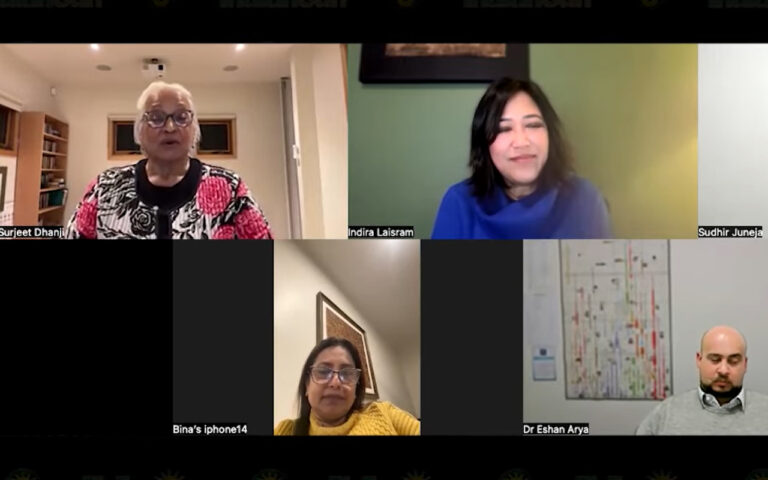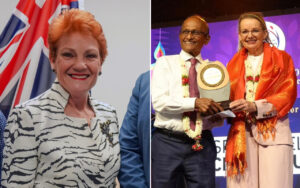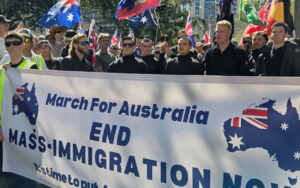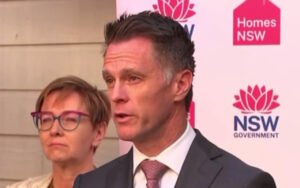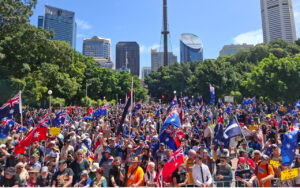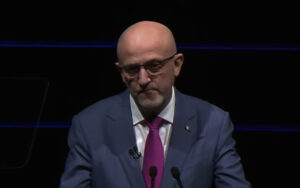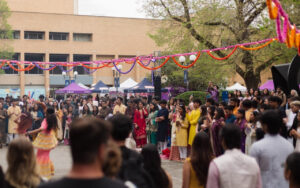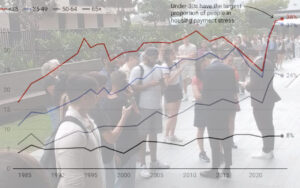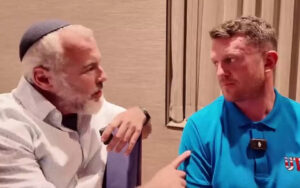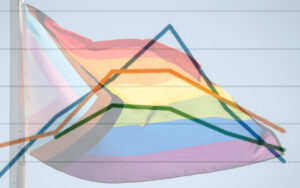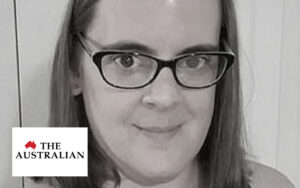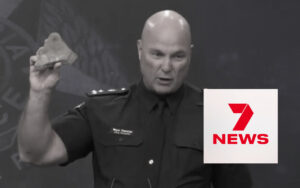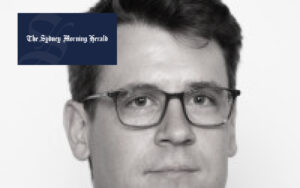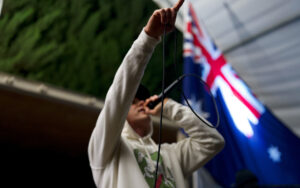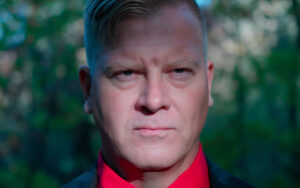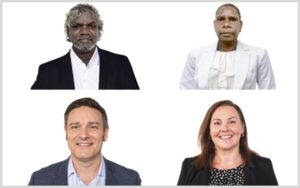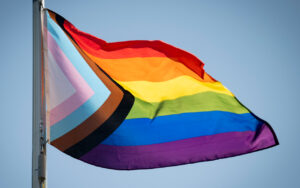An Indian academic has made a series of bizarre claims during a panel discussion on “housing, racism and politics”, including that immigrants from her country speak better English than 50% of Australians.
University of Melbourne Research Fellow Surjeet Dhanji also agreed with fellow panellist, migration and education agent Bina Shah, that White Australians need to be “educated” about how to integrate Indian immigrants and how they “didn’t come on boats, and claimed there were no Indian enclaves in Victoria.
The panel, hosted by media company The Indian Sun, also featured La Trobe University academic Dr Eshan Arya who claimed that immigration was not causing the housing crisis, and businessman Sudhir Juneja who stated that “we are all migrants except for the first owners of the land”.
“We have come because they’ve allowed us to come, we have not come as pushed the door and entered, or not come in the boats like a lot of the other migrants, so Australian government or multicultural side has to also coach the local Australians,” Ms Shah said.
“Now we are talking about being integrated and assimilation, they have to be taught as well about integrating and be welcoming, and adapting the various festivals.”
Dr Dhanji said she agreed with Ms Shah’s points, calling her “absolutely right”.
“We need to also educate the Anglo Caucasian population on, you know, who are they fighting against? Are we coming on boats? We are coming to fill in the labour shortages as skilled migrants,” she said.
“The threshold is so high. I’m sure half the Australians can’t speak English at that level. What is required is quite the threshold.”
Later in the discussion Dr Dhanji went on to claim that there are no ethnic concentrations of Indians.
“We don’t have silos, we don’t have ethnic enclaves in Victoria at all,” she said.
“We have concentrations, pockets of people, but we’re not ethnic concentrations. All of us like living in very different areas and having different places so that we’re not a tribe.”
The host, Indian Sun journalist Indira Laisram, who said earlier in the discussion that she experienced more racism living in Delhi than in Australia, pushed back and pointed out suburbs with large Indian populations.
“It’s not a concentration, it’s a pocket of people that are largely in one area, but they are not concentrations, they are not an ethnic enclave,” Dr Dhanji responded.
The Albanese government and its Coalition predecessor signed three major deals with India since 2022 that have contributed to record levels of Indian immigrants arriving in Australia.
The Indian-born population of Australia was 916,330 as of June 30 last year, up from 95,000 in 2001, according to the latest official estimates, in addition to another 200,971 “second-generation migrants” born in Australia with Indian ancestry, and 113,947 “secondary migrants” who were born in other countries but have Indian ancestry.
This puts the Indian diaspora at about 1.23 million, and the Indian-born population is expected to hit 1.1 million in 2026 as high immigration levels continue, according to the Department of Foreign Affairs and Trade.
Header image credit: The Indian Sun TV.
